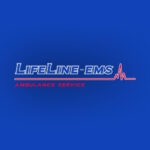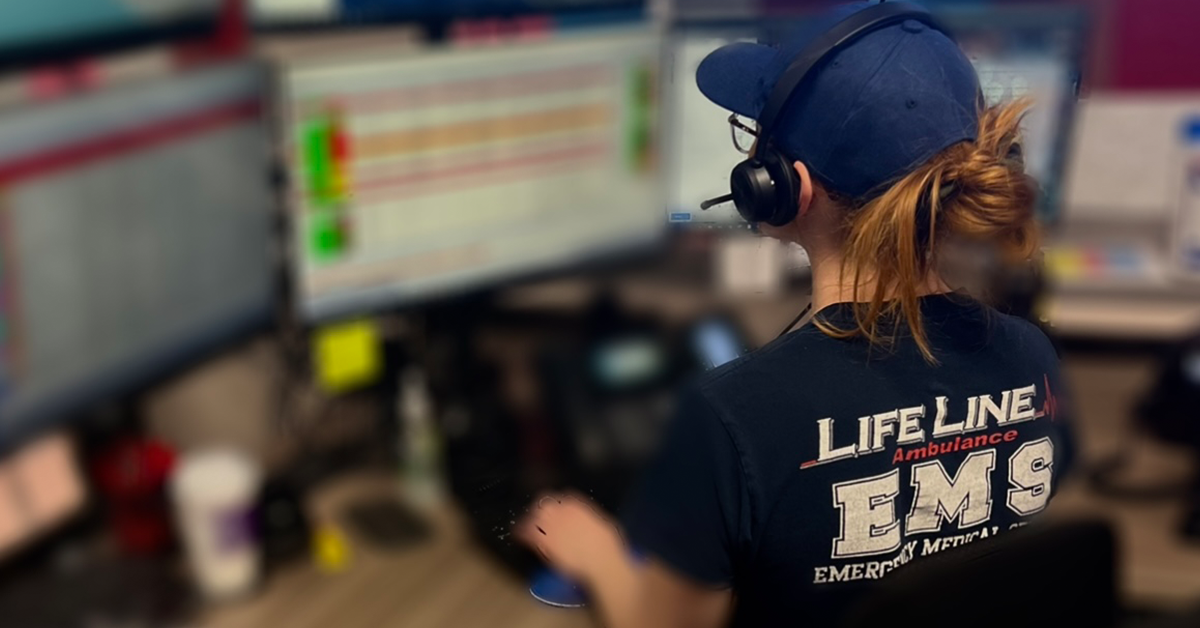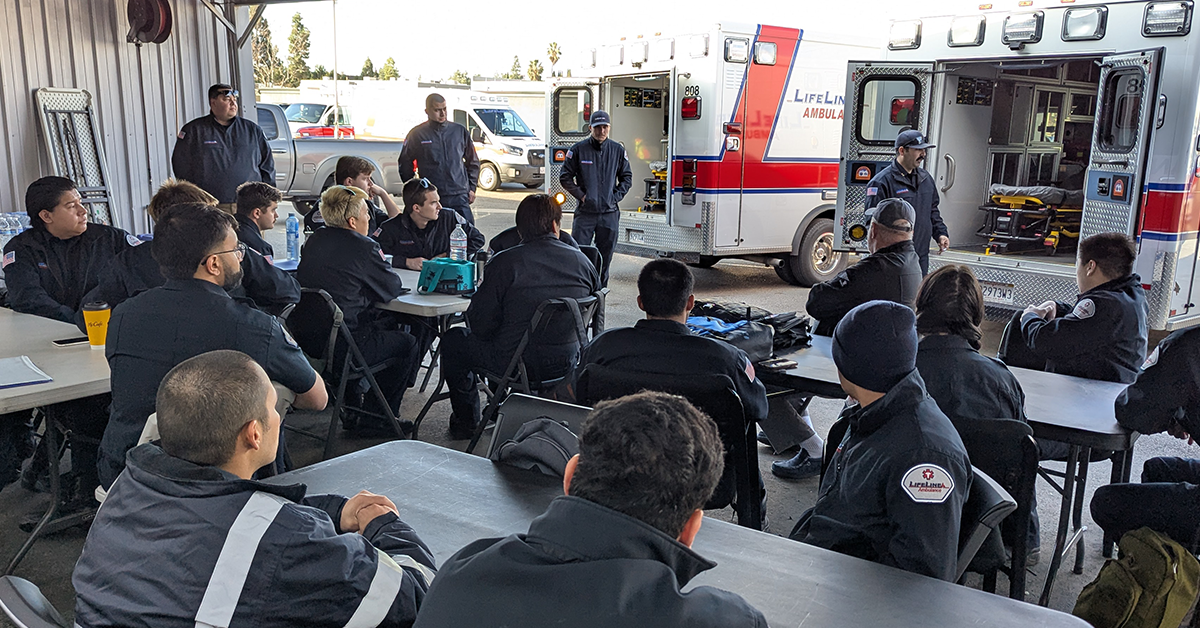Large-scale sporting and concert events attract thousands of attendees, creating both excitement and logistical challenges. Behind the scenes, Emergency Medical Services (EMS) teams work tirelessly to ensure safety, manage potential health emergencies, and respond swiftly to incidents. In Los Angeles and Southern California, known for hosting major events like the Super Bowl, Coachella, and the Oscars, EMS teams must be highly organized and prepared for any scenario.
This article explores how EMS teams, including LifeLine EMS, prepare for such high-profile events, ensuring public safety through strategic planning, resource allocation, and cutting-edge technology.
1. Pre-Event Planning and Risk Assessment
Preparation begins weeks or even months before the event. EMS teams collaborate with event organizers, local authorities, and security personnel to conduct detailed risk assessments. Key steps include:
- Venue Analysis: Mapping the site layout to identify potential hazards, access points, and evacuation routes.
- Risk Evaluation: Analyzing historical data, weather forecasts, and crowd demographics to anticipate medical emergencies.
- Permit Coordination: Ensuring compliance with city regulations and obtaining the necessary permits for medical stations and ambulance access.
For example, LifeLine EMS prioritizes pre-event inspections in venues like SoFi Stadium and the Hollywood Bowl, ensuring readiness for any emergency.
2. Staffing and Resource Allocation
Staffing decisions are critical to effective EMS performance. Large events require:
- On-Site Medical Teams: Paramedics, EMTs, and nurses strategically stationed across the venue.
- Mobile Units: Ambulances equipped with advanced life support systems to transport patients quickly.
- Triage Points: Temporary medical stations to handle minor injuries and reduce hospital transports.
LifeLine EMS hires additional personnel for high-capacity events and trains them in crowd management and communication strategies specific to Los Angeles’ diverse population.
3. Coordination with Local Agencies
Collaboration with police, fire departments, and hospitals ensures seamless communication. EMS teams establish:
- Unified Command Systems: A central command post to manage responses and share updates in real-time.
- Radio Communication Protocols: Reliable communication channels to handle emergencies without interference.
- Mutual Aid Agreements: Pre-arranged partnerships with nearby EMS providers to supplement resources if needed.
For instance, during events like the LA Marathon, LifeLine EMS works closely with local hospitals to prepare for an influx of patients.
4. Technology Integration for Efficiency
Modern technology plays a crucial role in improving EMS response times and effectiveness. Teams leverage:
- GPS Tracking: Monitoring ambulance locations to optimize dispatch.
- Mobile Apps: Providing real-time updates to team members and event organizers.
- Telemedicine Tools: Allowing paramedics to consult physicians remotely for faster decision-making.
LifeLine EMS invests in the latest technologies, ensuring rapid response and seamless coordination in high-traffic areas like downtown Los Angeles.
5. Medical Supplies and Equipment Management
Large events require specialized equipment to address diverse medical needs, including:
- AEDs (Automated External Defibrillators): Placed throughout the venue for quick access during cardiac emergencies.
- First Aid Kits: Stocked with supplies for cuts, burns, and allergic reactions.
- Mass Casualty Equipment: Stretchers, oxygen tanks, and trauma supplies to handle multiple injuries.
LifeLine EMS conducts regular inventory checks to guarantee readiness, especially during high-profile concerts and festivals.
6. Crowd Management and Safety Protocols
Managing large crowds is one of the biggest challenges for EMS teams. Key strategies include:
- Positioning Teams Strategically: Placing responders near high-traffic areas like entrances, exits, and concession stands.
- Identifying Medical Hotspots: Monitoring areas prone to overcrowding or dehydration risks, such as mosh pits and standing sections.
- Emergency Evacuation Plans: Training staff and security on proper evacuation techniques and exit routes.
LifeLine EMS also conducts drills to simulate potential emergencies, ensuring teams remain prepared for real-world scenarios.
7. Training and Simulation Exercises
EMS teams undergo rigorous training programs tailored to large-scale events. These include:
- Mass Casualty Incident Drills: Practicing responses to scenarios involving multiple injuries.
- CPR and AED Certification: Ensuring all staff are trained in life-saving techniques.
- Communication Drills: Testing radio and verbal communication systems to minimize errors.
LifeLine EMS integrates lessons learned from past events to refine protocols and improve preparedness.
8. Post-Event Evaluation and Continuous Improvement
After every event, EMS teams conduct debriefings to evaluate performance and identify areas for improvement. These reviews include:
- Incident Reports: Documenting response times, patient outcomes, and challenges faced.
- Team Feedback: Gathering input from responders to refine strategies.
- Performance Metrics: Analyzing data to improve future preparedness.
LifeLine EMS prioritizes continuous learning, ensuring that every event contributes to more effective emergency planning.
Keep Reading
Want more? Here are some other blog posts you might be interested in.
In the high-stakes world of emergency medical services, clear and effective communication can mean the difference between life and death. EMS professionals...
Emergency Medical Services is an ever-evolving field that requires constant learning and adaptation. With medical advancements, technological innovations, and increasing public health...
Emergency Medical Services s a high-stress, physically demanding profession that requires dedication, quick decision-making, and resilience. While the rewards of saving lives...






